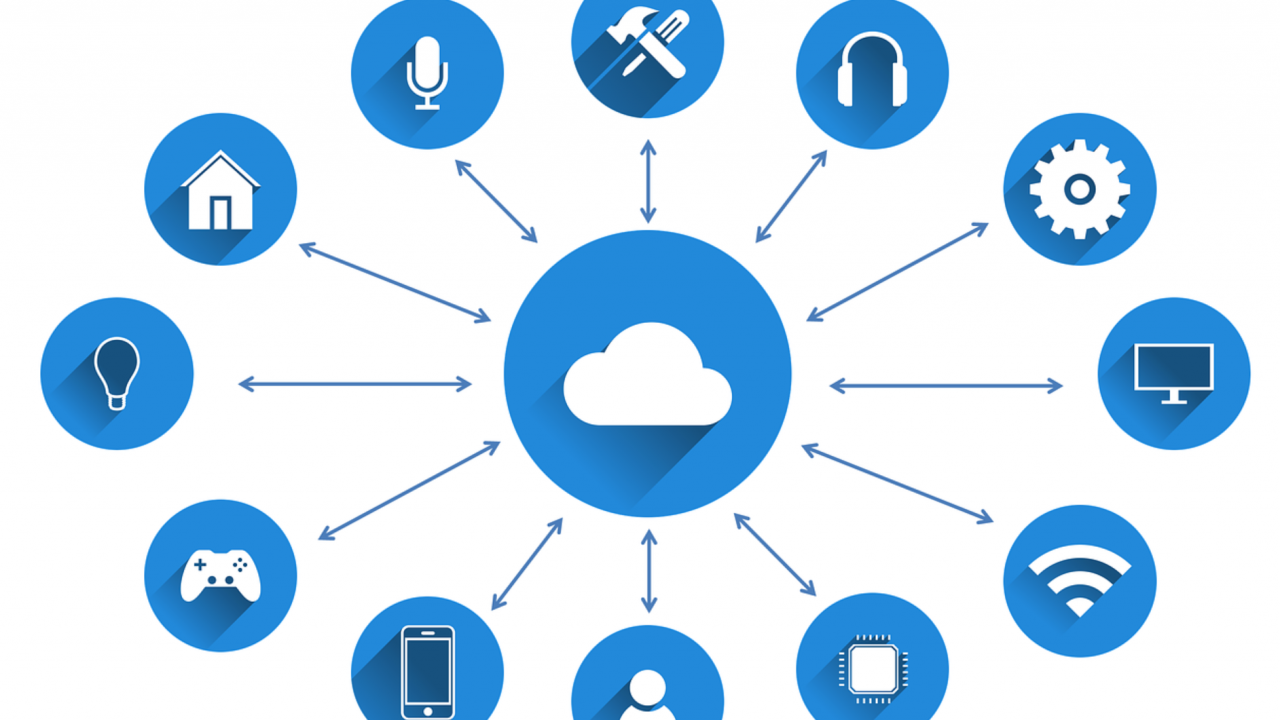What You Need to Know About the Edge
If you haven’t been looking into recent internet developments you could easily wonder what edge computing is all about. No, edge computing isn’t a reference to Microsoft’s latest web browser.
One of the more recent developments in hybrid cloud computing is the move of several high profile vendors like, Microsoft, VMware, and Amazon toward what they have called edge computing – sometimes called The Edge. Edge computing typically refers to deploying local computing resources near the boundary – or edge – of your organization’s internet connection. This edge deployment typically uses a hybrid cloud model that combines local compute resources with cloud-based services and data storage. The idea behind edge computing is that it can localize computing resources closer to their sources and provide local processing that can reduce latencies as well as the amount of data that must be moved to the cloud or a remote data center. In essence, edge computing provides lower latency and reduces data transmission costs.
Today, edge computing is growing fastest around the Internet of Things (IoT) deployments. In this scenario, local IoT devices are collecting vast quantities of data that can later be moved to the cloud and analyzed and used for decision making information. However, moving all of that data to the cloud can be slow and costly making the cloud data transfer a bottleneck. Plus, analysis is only possible after the data has been transferred to the cloud. Edge computing can address these issues by performing initial processing on the data where machine learning and AI processes that can be applied to identify and eliminate anomalies, potentially aggregate the data as well as providing the possibility for low latency local analysis and reporting.
A collection of the more notable recent edge computing offerings from some of the major cloud providers include:
- Azure IoT Edge — Uses containers, cloud analytics and custom business logic running on local devices run to perform IoT anomaly detection at the edge. Modules are deployed to IoT Edge devices and execute locally on those devices Azure IoT Edge is designed to reduce bandwidth costs and avoid transferring huge amounts of raw data to the cloud. Using Azure IoT Edge you can filter and aggregate the data locally and then just send a summary to the cloud for analysis. A cloud-based interface enables you to centrally manage the Azure IoT Edge devices.
- Azure SQL Database Edge – A recent offering from Microsoft, Azure SQL Database Edge consists of small-footprint containers that can run on either ARM or x64-based devices. Azure SQL Databases supports built-in data streaming and time series data collection. It can use in-database machine learning to detect data anomalies and you can use custom business logic to process data before forwarding it to the cloud or a remote datacenter.
- AWS Outposts — AWS Outposts brings native AWS services on-premise. You can choose the AWS native version of AWS Outposts or the VMware Cloud on AWS Outposts version. AWS Outposts enable you to use the same management tools and APIs to deliver the same functionality across on-premises and in the cloud. Outposts are designed to support workloads that need to deliver low latency or that have high resource requirements.
- AWS Snowball Edge – Designed to facilitate data migration and edge computing device data collection, AWS Snowball Edge provides built-in IoT sensor stream capture, local storage and machine learning to process local IoT data before transferring the data back to AWS. Like other edge solutions, AWS Snowball Edge is intended to be deployed in manufacturing and industrial environments with intermittent connectivity and it uses local processing to perform data analysis, and migration in locations with limited and intermittent network connectivity
Certainly, the edge will play a growing role in hybrid cloud computing as businesses look to deploy increased computing power near their own data sources and distribute processing between on-premise and the cloud.




